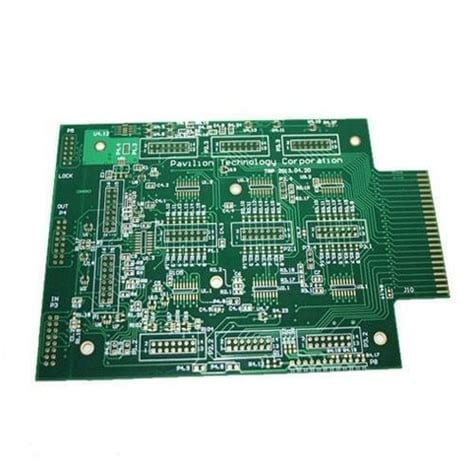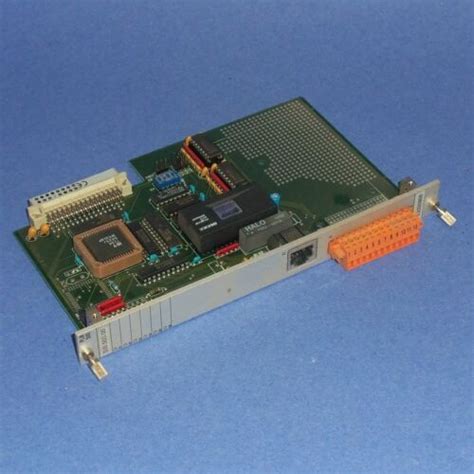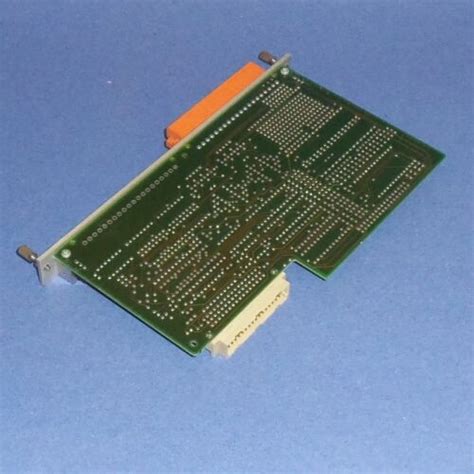Introduction to PCB Design Reuse and Product Lifecycle Management
Printed circuit board (PCB) design is a complex process involving multiple stages, stakeholders, and iterations. Efficient PCB design requires careful management of the product lifecycle, from initial concept through production and end-of-life. One key strategy for streamlining the PCB design process is design reuse – leveraging existing designs, components, and data to accelerate new projects.
Altium Concord Pro is a powerful tool that enables effective PCB design reuse and product lifecycle management (PLM). By providing a centralized platform for managing design data, collaborating with team members, and tracking project status, Concord Pro helps electronics companies bring products to market faster while ensuring quality and consistency.
In this article, we’ll explore the benefits of PCB design reuse and PLM, and how Altium Concord Pro supports these strategies. We’ll also look at best practices for implementing design reuse and PLM in your organization using Concord Pro.
The Benefits of PCB Design Reuse
PCB design reuse offers several significant benefits for electronics companies:
-
Accelerated time-to-market: By leveraging existing designs and components, new projects can be completed faster, reducing overall development time.
-
Reduced design costs: Reusing designs eliminates the need to start from scratch, saving time and resources that would otherwise be spent on design creation.
-
Improved design quality: Reusing proven designs reduces the risk of errors and ensures that new projects meet established quality standards.
-
Enhanced consistency: Design reuse promotes consistency across projects, making it easier to maintain and update products over time.
Types of PCB Design Reuse
There are several ways to approach PCB design reuse:
| Reuse Type | Description |
|---|---|
| Block-level reuse | Reusing individual circuit blocks or modules across multiple designs |
| Component-level reuse | Reusing individual components, such as resistors, capacitors, and ICs |
| Layout-level reuse | Reusing portions of a PCB layout, such as power distribution networks or high-speed interfaces |
| Template-based reuse | Using pre-defined templates for common design elements, such as layer stackups or design rules |
The most effective reuse strategy will depend on the specific needs of your organization and the types of products you design.

The Role of Product Lifecycle Management in PCB Design
Product lifecycle management (PLM) is the process of managing a product from initial concept through design, production, and end-of-life. Effective PLM is essential for ensuring that PCB designs meet requirements, are properly documented, and can be efficiently manufactured and supported.
Key aspects of PLM for PCB design include:
- Requirements management: Capturing and tracking product requirements throughout the design process
- Data management: Storing and organizing design files, documentation, and other project data
- Change management: Controlling and documenting changes to the design throughout the product lifecycle
- Collaboration: Enabling team members to work together effectively, regardless of location or role
- Process automation: Automating repetitive tasks and workflows to streamline the design process
By implementing a comprehensive PLM strategy, electronics companies can improve design quality, reduce errors and rework, and bring products to market faster.

Altium Concord Pro: A Platform for PCB Design Reuse and PLM
Altium Concord Pro is a cloud-based platform that provides a centralized environment for managing PCB design data and collaborating with team members. Key features of Concord Pro that support design reuse and PLM include:
Design Data Management
Concord Pro provides a secure, version-controlled repository for storing and managing PCB design files, libraries, and other project data. This centralized data management enables easier design reuse by providing access to a company’s complete design history.
Component Management
Concord Pro includes a comprehensive component management system that allows you to create and maintain a centralized library of components. This library can be easily searched and filtered, making it simple to find and reuse components across multiple projects.
Design Collaboration
Concord Pro enables real-time design collaboration, allowing team members to work together on PCB designs regardless of location. Users can access and edit design files simultaneously, with changes synced in real-time across all participants.
Design Reuse Tools
Concord Pro includes powerful design reuse tools, such as the ability to create and manage design templates, and to easily import and export design data between projects. These tools make it simple to leverage existing designs and components in new projects.
Lifecycle Management
Concord Pro provides a complete set of PLM tools for managing the PCB design process from start to finish. This includes requirements management, change management, and process automation capabilities that help ensure designs meet specifications and are properly documented throughout the product lifecycle.

Best Practices for PCB Design Reuse and PLM with Altium Concord Pro
To get the most value from Altium Concord Pro for PCB design reuse and PLM, consider the following best practices:
-
Establish a component library: Create and maintain a centralized library of approved components in Concord Pro. This library should include all necessary component information, such as datasheets, symbols, and footprints.
-
Define design templates: Develop a set of standard design templates for common project types, such as power supplies or sensor modules. These templates should include pre-defined layer stackups, design rules, and other reusable elements.
-
Implement version control: Use Concord Pro’s version control capabilities to track changes to design files over time. This will make it easier to identify and reuse specific versions of a design.
-
Collaborate effectively: Take advantage of Concord Pro’s collaboration tools to work closely with team members throughout the design process. Use comments and markups to communicate design changes and decisions.
-
Automate processes: Use Concord Pro’s process automation capabilities to streamline repetitive tasks, such as generating Bill of Materials (BOM) or running design rule checks (DRC).
By following these best practices and leveraging the full capabilities of Altium Concord Pro, you can maximize the benefits of PCB design reuse and PLM for your organization.
Conclusion
PCB design reuse and product lifecycle management are essential strategies for electronics companies looking to bring products to market faster, reduce costs, and improve quality. Altium Concord Pro provides a comprehensive platform for implementing these strategies, with powerful tools for design data management, component management, collaboration, and process automation.
By leveraging Concord Pro and following best practices for design reuse and PLM, your organization can streamline the PCB design process, reduce errors and rework, and ultimately deliver better products to your customers.
FAQ
What is PCB design reuse?
PCB design reuse is the practice of leveraging existing PCB designs, components, and data in new projects to accelerate development and reduce costs. This can include reusing individual circuit blocks, components, or even entire layouts.
What are the benefits of PCB design reuse?
The main benefits of PCB design reuse include:
– Accelerated time-to-market
– Reduced design costs
– Improved design quality
– Enhanced consistency across products
What is product lifecycle management (PLM)?
Product lifecycle management (PLM) is the process of managing a product from initial concept through design, production, and end-of-life. PLM encompasses key aspects such as requirements management, data management, change management, collaboration, and process automation.
How does Altium Concord Pro support PCB design reuse?
Altium Concord Pro supports PCB design reuse through its centralized design data management, component management, and design reuse tools. This allows users to easily store, find, and reuse design elements across multiple projects.
What are some best practices for implementing PCB design reuse and PLM with Altium Concord Pro?
Some key best practices include:
1. Establishing a centralized component library
2. Defining standard design templates
3. Implementing version control for design files
4. Collaborating effectively with team members
5. Automating repetitive processes, such as generating BOMs or running DRCs.
By following these practices and leveraging the capabilities of Concord Pro, organizations can maximize the benefits of PCB design reuse and PLM.

No responses yet